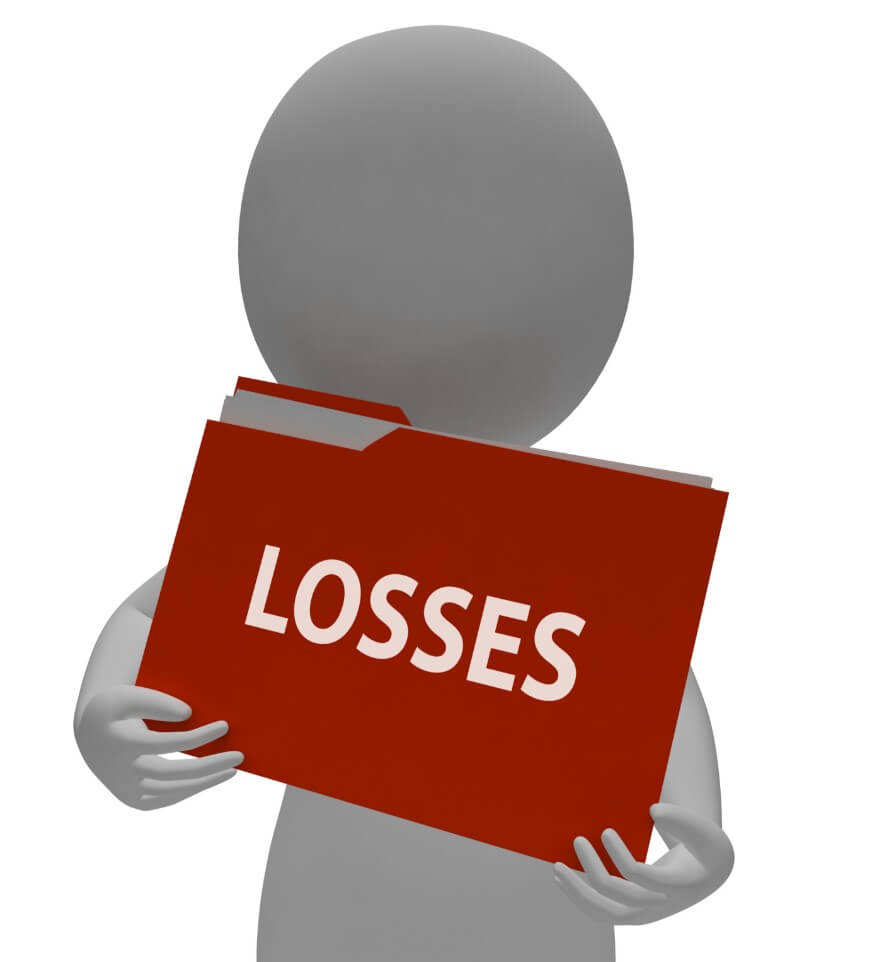Risks are the first thing to consider by anyone who wants to undertake a role as a trader/ investor. The risks of losing money due to force majeure, due to manipulations of Forex by market makers, this is due to a mistake of technical analysis or if lose something in the fundamental analysis. It is not possible to avoid 100% risk, but it can be optimized or minimized. Read the article and learn how to minimize/optimize trading risks and how to create a balanced investment portfolio.
On Thursday, 15 January 2015, the Swiss Central Bank shocked the market when it announced that the fixed exchange rate of the Swiss franc could no longer be maintained against the euro, as it had for more than 3 years. After the announcement of the Central Bank, the rate of the franc rose by more than 30% against the US dollar and the euro, the Swiss stock market, on the contrary, plummeted by 10%, which affected the exporters. The consequences for traders were catastrophic. Those who made short on the franc (keeping the pair in short positions), simply in a second lost their deposits due to the stop out. The brokers also had a hard time, because a good number of them announced liquidity problems.
On Saturday, September 14, 2019, Saudi Arabia’s oil facilities were attacked by drones, which reduced approximately 50% of the country’s total oil production, which is more than 5% of the world’s oil supply. At the start of Monday’s day, the futures of Brent oil skyrocketed by 19-20%. The intraday jump was the largest since the Gulf War of 1991. Those who failed to close short transactions before the weekend lost a lot.
Both examples are trading risks. It is impossible to fully foresee them, because, as always, there is the probability of force majeure. But it is possible to minimize the risks. Also, as the risk increases, the probability of profit is higher. Let’s take the same example of oil: if short traders made losses, those who bet on growth earned about 20% in a single day.
From this summary, you will learn:
- What are trading risks and what types of risks exist.
- Methods to minimize trading risks,
- Types of diversification of the investment portfolio.
In the summary, I will try to present two main aspects of risk minimization: errors in employing technical analysis and general risks in foreign exchange trading and the creation of an investment portfolio. My opinion is partly subjective, so I suggest addressing it and discussing it in the comments.

Types of Trading Risks
Trading risk: The risk of losses arising from market factors affecting price direction or errors in the analysis (forecasting) of the market situation.
Technical risks: Risk of loss due to technical problems: platform failures, order failures, broker fraud, etc.
Psychological (behavioural) risks: Risk of error due to a person’s emotional state: stress, emotion, fatigue, euphoria, fear, greed, etc.
Trading risk is uncertainty about future price movements as a result of market and non-market factors. So, if we have an open position, we are facing a unique risk, that risk is that we have erred in identifying the price trend. If the price is directed in the opposite way to the open trade, the trader will lose.
If the transaction has not yet been opened, the risk is in the incorrect prognosis of the trend direction or its reversal. We have to admit there’s no clear definition of the concept of “trend”, so traders understand it in their own way. Traders themselves determine the value of the critical amplitude (price reversal), which is called the risk limit and this risk will always depend on the amount of capital in the deposit. In other words, a trader is willing to endure, for example, a 100 point reduction, another no more than 20 points. They all determine the level (limit) of risk themselves but must understand the nature of the trading risks.
Where Risks Come From
Error in analysis and prognosis. Any publication of statistical information, the publication of the results of the Fed meeting, and meetings of other central banks have their effects. The best question we have to solve first is whether the investor knew how to correctly examine the importance of this or that news item. And the forecasts, made by the majority, were justified? Traders should consider these and other factors in the forecast. And there can often be mistakes. Traders often ignore or lose something important, which can result in an incorrect forecast.
Force majeure: It can be presented in different ways: a humanitarian disaster, an unexpected political decision, or a terrorist attack, discovery of new mineral deposits, release to the market of a new product that has not been previously announced, sudden bankruptcy. Force majeure often leads to immediate and generally long-term consequences. Examples of long-term force majeure include the collapse of “dotcom” and the mortgage crisis in the United States, which has become a global crisis. It must be said that there are people who were able to make a profit from the crisis. (I recommend watching the American film “The Big Short”, which describes this situation quite well).
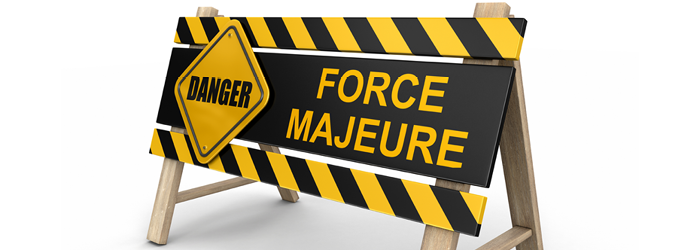
The human factor: Incorrect interpretation of patterns, signs due to fatigue, lack of attention, stress, etc.
Another classification is the simplified division of the causes of trading risks into forecasting errors in technical, fundamental, and human analysis. We have already said what are the reasons for the most important risks in the section we call “Force Majeure”, and I will dwell on more details on the risks resulting from errors in technical analysis.
High volatility at the time of opening the transaction. The greater the volatility, the greater the breadth of price changes and, therefore, the more and faster you can gain from it. It seems reasonable, but the risk lies in assessing this volatility because if the price goes against you, you must be psyched that you can lose more than you usually win. The data of the indicators are relative, as well as the data of the volatility calculators.
Tip: Identify volatility visually. The price range can be referred to as the distance between opposite fractal ends or candle accumulation. For starters, you can train on the history. At first, it will be difficult for beginner traders (know from experience). Second tip: greater volatility, different from the daily average, is observed at the time of the appearance of fundamental factors. Just don’t open any transactions at this time.
The trading strategy of trading by levels individually: someone opens positions expecting a level rebound, someone tries at breakup. For someone that’s a loss limiter. There is the so-called zone of turbulence around fractal levels in short-term time frames, where the price moves in different directions with a narrow amplitude. Predicting price movements in this area is inefficient.
Tip: Use the levels only as a guide. Open transactions out of levels and try to avoid staging at levels of resistance and stop support, as it can be used by large traders (market makers, which will be discussed below). If the transaction is already open in the direction of levels, then it is better to leave before reaching the level. Otherwise, there could be a rebound with the possible slip, which will worsen performance.
Basically, the analysis is reduced to determine whether the break/rebound of a level is true (the trend) or false (the correction). Does it really make sense to put him at risk?
Opening of transactions in overbought and oversold areas. This is the risk of opening a position at the end of a final trend. A classic mistake is trying to enter when the trend is already underway. At the peak of growth, large traders abandon trading, reaping some less intelligent traders.
It seems reasonable to employ RSI or stochastic, but they are not efficient at minimizing risks. They are often lagging behind, they invest in extreme price zones, and so on. So even if you use the indicators to determine the zones, you can still make a mistake.
Tip: You can identify signs of trend depletion as follows. The amplitudes in the three fractal sections are compared side by side in the time frame M1 (the exhaustion of the trend is clear there before). If the amplitude is shrinking (the amplitude of each subsequent fractal is shrinking), this suggests that the trend is exhausting.
And the simplest and wisest advice is that when starting an operation at the beginning of the trend, don’t do what most. Be careful when interpreting the signals of the indicators, there are no perfect and impeccable indicators.
Opening of transactions where there is no clear trend. There are situations where a trader makes a correction or a local price change for a new trend, which often occurs on flat. It is difficult, especially inexperienced. To identify the flat end, as it often does not have a clear beginning or end.
Tip: I suggest again using the comparison of price amplitude within the flat trend. If in the short term, there is a price movement whose amplitude deviates sharply from the average value, you should be alert. Do not enter an operation immediately, the first price change could be a correction. Analyze multiple time periods at a time: the signal period is М1-М5, confirming longer periods.
Incorrect indicator parameters: This will lead to an incorrect interpretation of the signals.
Council: Before starting to use an indicator with adjusted parameters in trading on a real account, try the system (tester МТ4, FxBlue). More detailed information about testing and optimization strategies in this summary.
Application of pending orders: Outstanding orders are used in trading strategies based on the opening of transactions when the price exceeds the consolidation area. Orders are placed in opposite directions, betting that one of them will work. The risk arises from the fact that outstanding orders are set on the basis of intuition, rather than actual price movements. The distance is calculated, for example, in percentages of the average value of the price movement in the consolidation area. We will always have to take the risk that the price will leave the area, touch the order and then move in the opposite direction.

Tip: To reduce risk, avoid using pending orders.
Abrupt reduction of contributions when a long position is opened. There are several examples when the price changed by 800-1000 points in just a few minutes. Of course, hardly anyone could react, make a decision and make a compromise.
Tip: Always use a stop loss.
Market makers. A particular trader is only a tiny part of a much bigger game. The creators of the market are therefore great players, who can influence price through their huge capitals. They can create a necessary repository of information by manipulating media, forums, and other resources through forecasting, analysis, and information.
But this is not his only means. They could see levels where purchase and sale orders are concentrated, that is, stop losses and pending orders established in advance. As practice shows, most traders set stop loss in the area of the local ends, being tied to strong or rounded levels of support/resistance. Pending commands can be configured the same way. The market makers oppose the majority, push the price to the area where the orders are accumulated, then, even taking into account all the forecasts, most traders are activated to stop.
For example. Market makers want to sell a certain currency at the best possible price. You see multiple stop loss higher than the current rates (green horizontal line at the bottom of the screen), which are basically the orders requested. On the other hand, market makers see many orders pending in the same price area, which does not allow the price to rise (volume equilibrium).
The price is pushed with small orders to the necessary level, after which it satisfies your sales volumes through purchase requests (stop loss). Given the number of short requests, it is unlikely that the price will go further.
Tip: There is no point in fighting with market makers. Therefore, you should learn to identify potential areas of command concentration and try to avoid them. It should also bear in mind that indicators cannot anticipate the possible actions of market makers. Therefore, it makes sense to rely less on indicators and pay more attention to levels, patterns, and exchange of information (trading volumes, order table).
You can suggest any other risk of technical analysis, write in the comments. Let’s look for more ways to minimize and optimize trading risks together. With regard to reducing the risks of erroneous forecasts based on fundamental analysis, there are few recommendations:
- Do not blindly trust everything that is reported in the media and be especially careful with “expert” forecasts. Check the official data reported by news agencies and official resources.
- Use complementary analytical tools: economic calendar, action analyzers.
- Evaluate dynamics statistics, comparing them with analysts’ expectations and previous reports.
- And prepare to react instantly to a force majeure.
Hedging and Blocking
Coverage and blocking mean the same thing, go into two opposite operations (I won’t dig too deep into the big difference between them). Let’s imagine that a trader opens a buying position, but unfortunately, the price drops. Then, the trader has opened a selling position with the same volume. The loss from the first position is offset by the gain from the second operation.
Advantages of blocking a position:
If you set the locks correctly and unlock the positions on time (cancel the unprofitable or secure position), you can even make profits this way. There is even a trading strategy based on the creation of an order grid.
 The lock allows you to manage the floating loss that does not affect the balance or spoil the trading statistics. But, there is always a defect in the locking positions. In the event of incorrect opening and closing of insurance and major positions, the trader is more likely to receive the loss resulting from both the transactions and the spread. Therefore, blocking is a high-risk strategy for a novice trader, such as trading in a similar way to Martingale, but an advanced trader can protect against unprofitable trading employing blocking and hedging.
The lock allows you to manage the floating loss that does not affect the balance or spoil the trading statistics. But, there is always a defect in the locking positions. In the event of incorrect opening and closing of insurance and major positions, the trader is more likely to receive the loss resulting from both the transactions and the spread. Therefore, blocking is a high-risk strategy for a novice trader, such as trading in a similar way to Martingale, but an advanced trader can protect against unprofitable trading employing blocking and hedging.
The strategy and blocking rules should be highlighted in a separate article. If you want to do so, write in the comments.
How to Minimize Trading Risks
Diversification: So far, this is the best recommendation you can take into account when protecting your investment from certain business risks. But it is a kind of art to properly diversify its portfolio of investments and rebalance it regularly.
Types of diversification:
Asset division: It is the most widespread among the community to make a diversification. In addition, you can allocate your funds not only between different currency pairs or shares but also between deposit accounts, precious metals, cryptocurrencies, antiques, real estate, etc.
Diversification by risk level: There are assets that, in case of force majeure, increase in price (for example, gold). There are assets that, even in the midst of strong market fluctuations, hardly change prices. We have assets at our disposal with volatility, for example, of 5% per day. The way we distribute investments among assets with different volatility rates, risk (and, consequently, profitability) is the diversification of risks. I suggest you read the article on protective assets.
Applied diversification: Distribution of investments between strategies with different levels of risk: Martingale and conservative negotiation, scalping and long-term strategies, manual and algorithmic negotiation.
 Institutional diversification: Here it is about working with multiple counterparts: Forex, Exchange and different brokers, trust management, etc. If we’re in a force majeure situation (we already discussed the case of the Swiss franc) a counterparty fails, it can withdraw at least the rest of the money from the second.
Institutional diversification: Here it is about working with multiple counterparts: Forex, Exchange and different brokers, trust management, etc. If we’re in a force majeure situation (we already discussed the case of the Swiss franc) a counterparty fails, it can withdraw at least the rest of the money from the second.
Statistical diversification: This is a direct and inverse correlation. For example, corn and wheat futures often have the same price direction, USD and gold trends often go the opposite way. A portfolio composed of reverse-correlated assets. will be logically less profitable, but safer because at the time when a low-priced asset, an increase in the price of a different asset offset the loss.
The diversification of investments is limited only by the imagination of the trader and his ability to conduct a market analysis, as well as the appetite for risk. The greater the risk, the greater the potential benefit. That’s why trading risks are often intertwined with psychological risks.
Trade risk insurance:
Stop-loss placement: At this point, we could comment on an example of drivers who ignore the mandatory driving rules of fastening seatbelts. It’s not easy to guess because some people don’t want to use means of protection. On the one hand, market makers can determine the areas where many stops are concentrated and can deliberately push quotes to catch them. Also, a stop loss will be very helpful if a large price difference happens as a result of a force majeure event. We can find another argument, that a trader is not able to react in a volatile market, and a stop loss may save at least part of their deposit.
Close transactions before the weekend: Sometimes, the situation in the Forex market changes drastically for an hour. From Monday to Friday (suppose a trader works 24 hours a day), one could still react to a force majeure. But the weekend, when markets are closed, can bring unpleasant surprises. One example is drone strikes in Saudi Arabia. And it’s even worse if the market opens with a price gap after the weekend.
The moderate use of leverage: That’s logical. If you use high leverage, a negligible force majeure will close your positions due to the stop out.
Calculation of the volume of the lot according to the volume of your deposit, level of risk of the transaction and deposit, and other factors More information in this article.
Conclusion
No risk-free Forex strategies. Is it necessary to minimize Forex trading risks? My opinion is no. Those who want to eliminate or minimize risks cannot participate in trading and invest their capital in a bank deposit. Risks must be optimised by properly assessing their opportunities and the capacity to withstand losses. The risk limitation and balancing policy is a risk management policy, which must be drawn up before trading in a real account begins. Only you can develop a risk management system yourself because in reality there are no recommendations that are good for everyone and that can be perfect for all investors regardless of their condition in all cases.


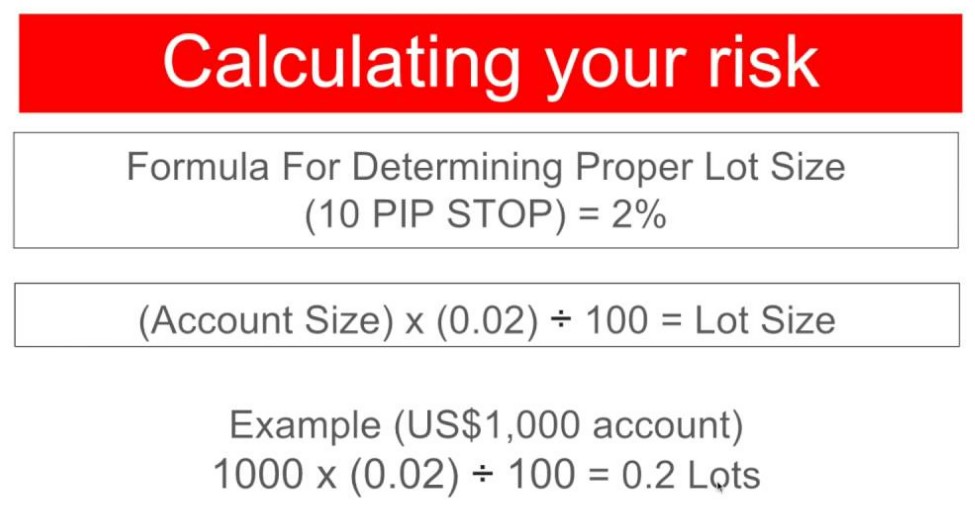

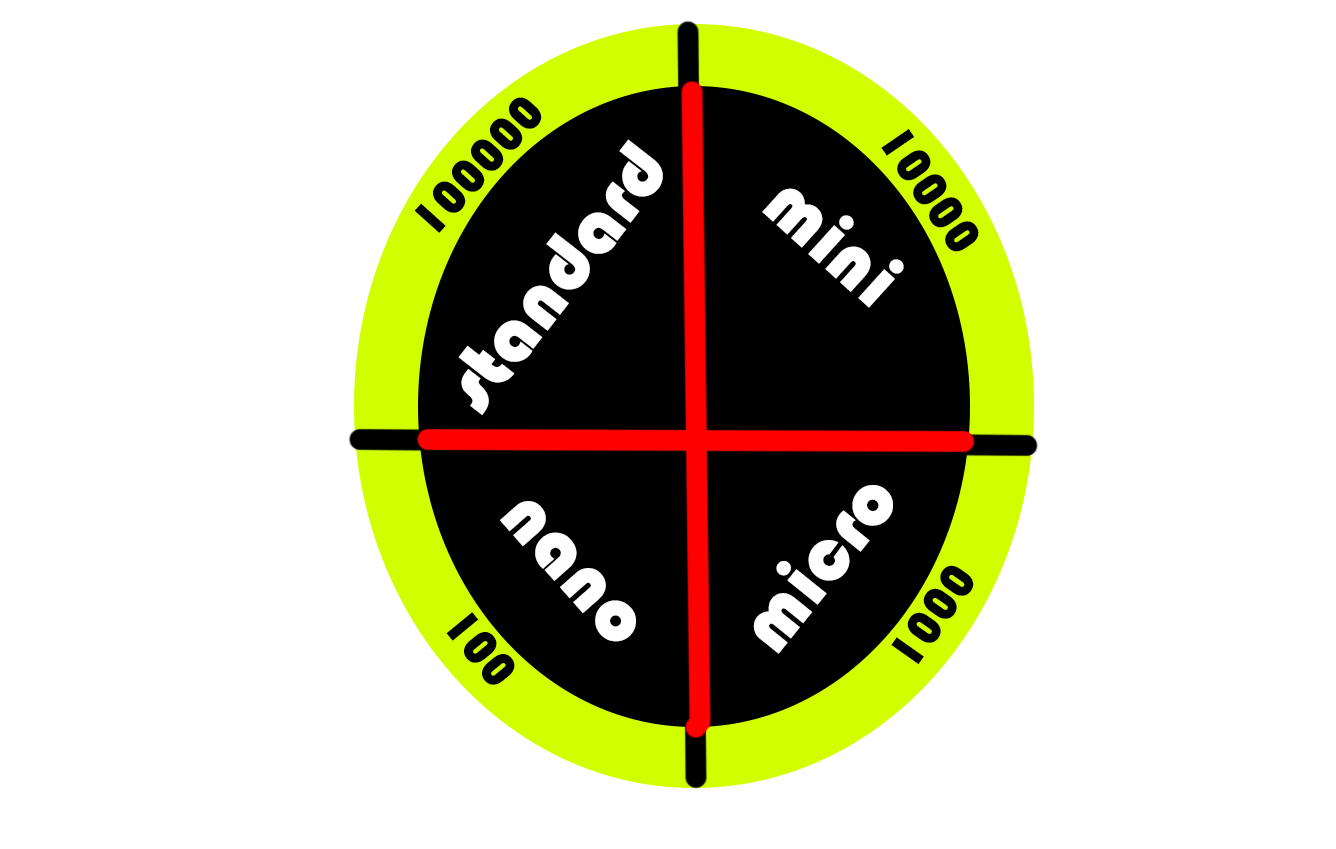
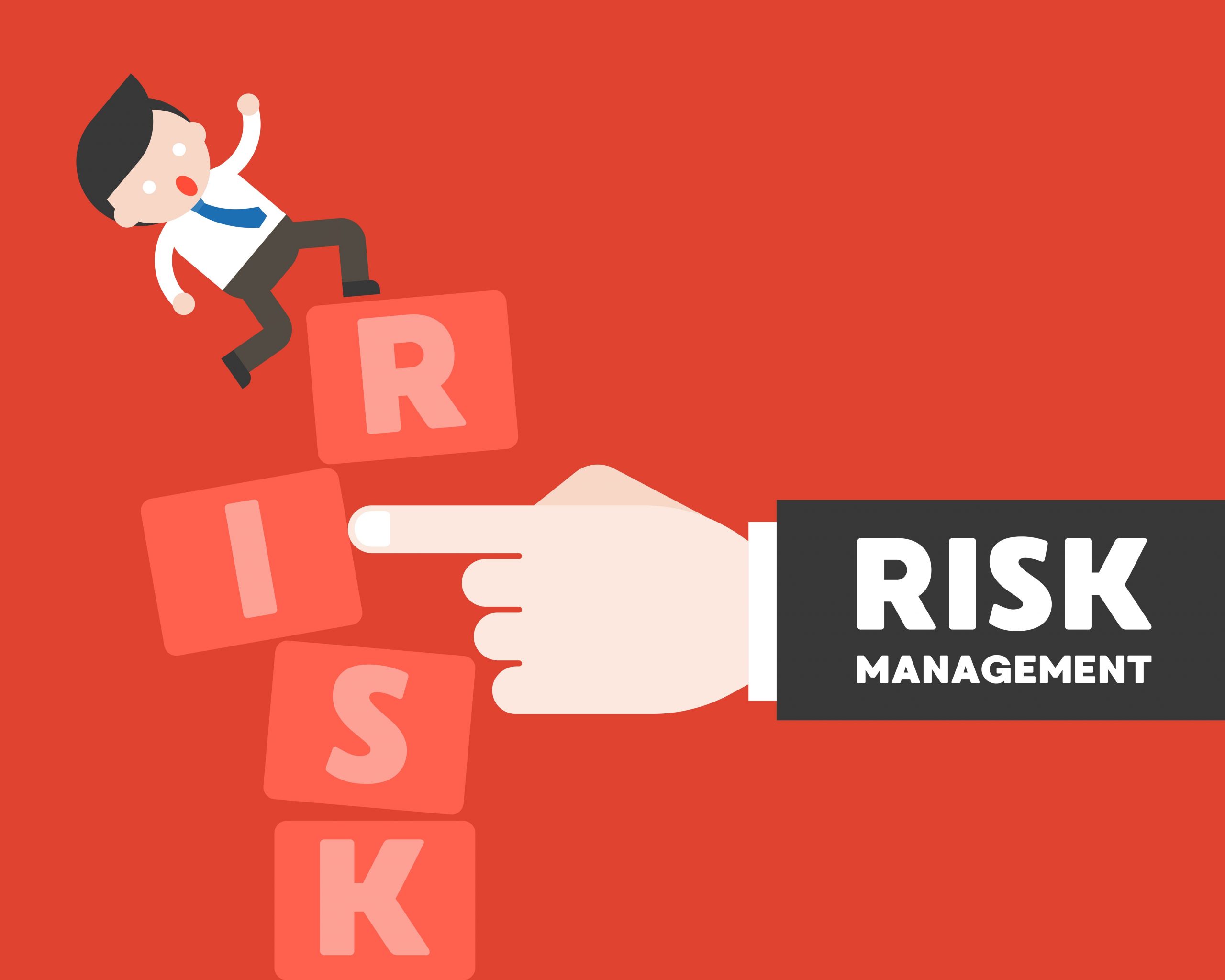


 The lock allows you to manage the floating loss that does not affect the balance or spoil the trading statistics.
The lock allows you to manage the floating loss that does not affect the balance or spoil the trading statistics.  Institutional diversification: Here it is about working with multiple counterparts: Forex, Exchange and different brokers, trust management, etc. If we’re in a force majeure situation (we already discussed the case of the Swiss franc) a counterparty fails, it can withdraw at least the rest of the money from the second.
Institutional diversification: Here it is about working with multiple counterparts: Forex, Exchange and different brokers, trust management, etc. If we’re in a force majeure situation (we already discussed the case of the Swiss franc) a counterparty fails, it can withdraw at least the rest of the money from the second.
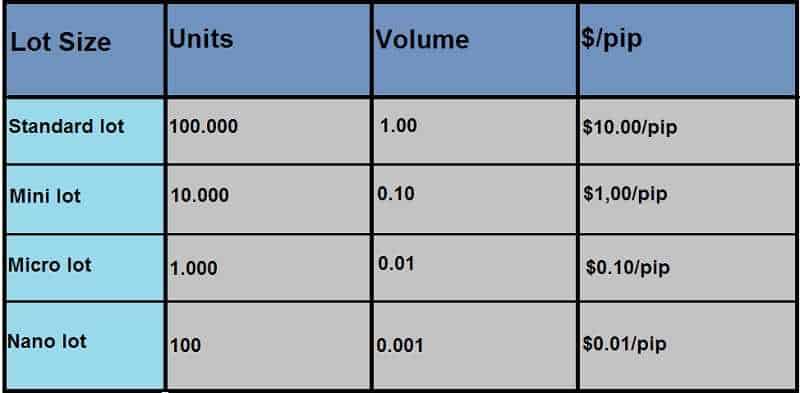
 We spoke about leverage near the start of this article, it is important to get a good understanding of how it works and if you want to keep the risks on your account as low as possible, then you will also want to keep your leverage as low as possible. Leverage allows you to trade with more spending power than the capital in your account, this, in turn, increases the profit potential of the account, which is the main selling point of leverage. What they don’t tell you is how this leverage also increases the loss potential of your trades too, the more leverage that you use the higher the losses can be with each trade and a loss can take away a much larger sum of money than it would have with less leverage. So if you have the balance for it, go for a lower leverage in order to keep risks low.
We spoke about leverage near the start of this article, it is important to get a good understanding of how it works and if you want to keep the risks on your account as low as possible, then you will also want to keep your leverage as low as possible. Leverage allows you to trade with more spending power than the capital in your account, this, in turn, increases the profit potential of the account, which is the main selling point of leverage. What they don’t tell you is how this leverage also increases the loss potential of your trades too, the more leverage that you use the higher the losses can be with each trade and a loss can take away a much larger sum of money than it would have with less leverage. So if you have the balance for it, go for a lower leverage in order to keep risks low.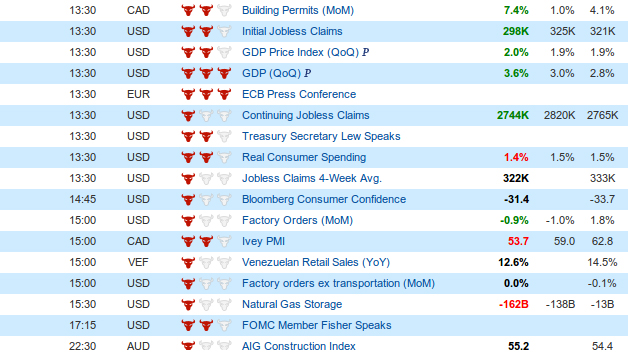
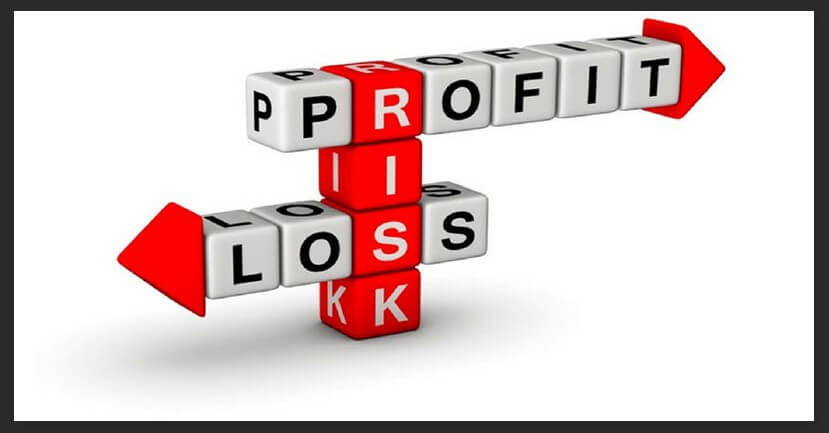
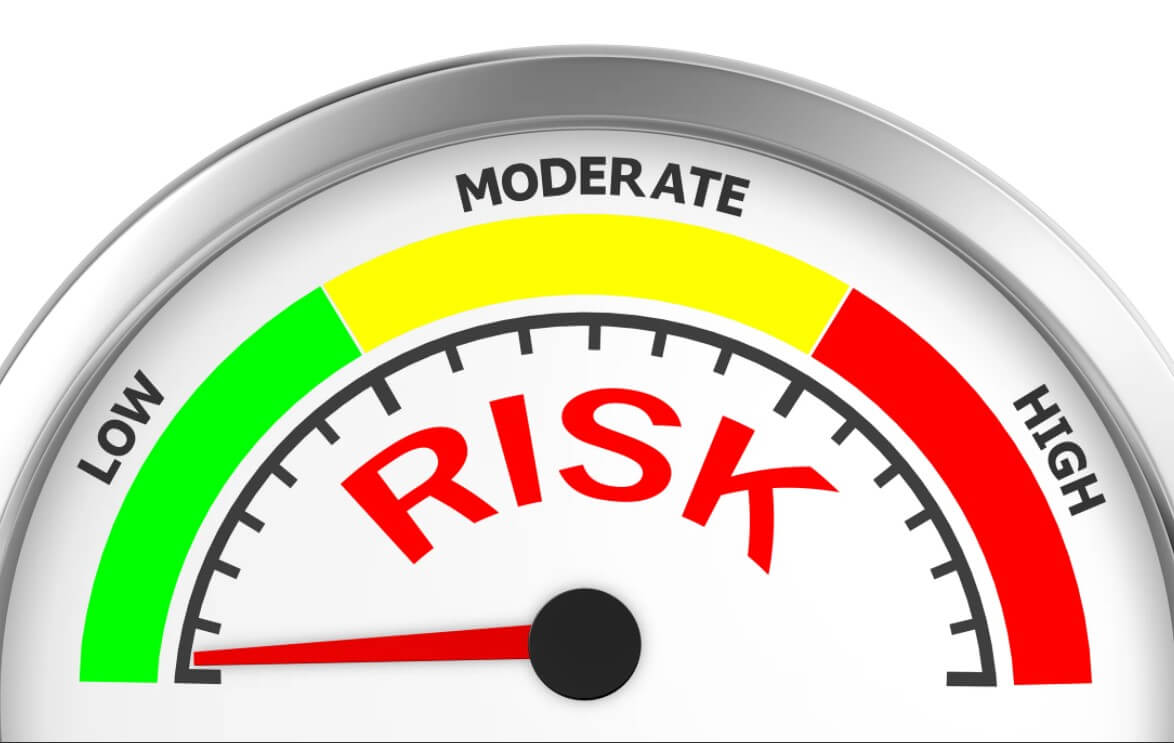
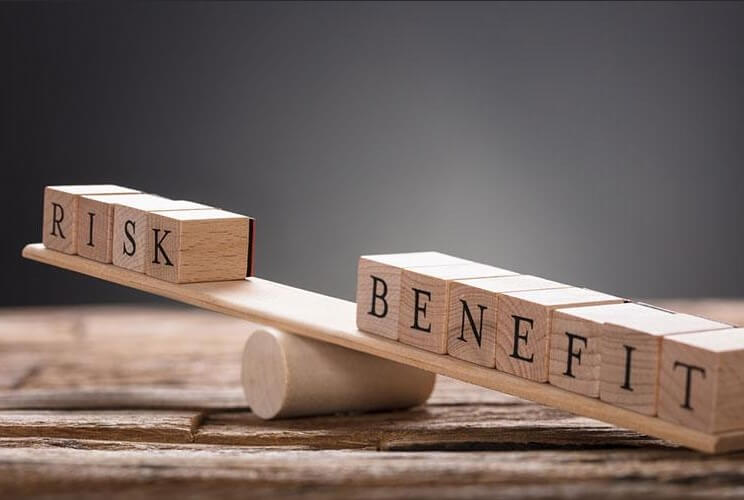
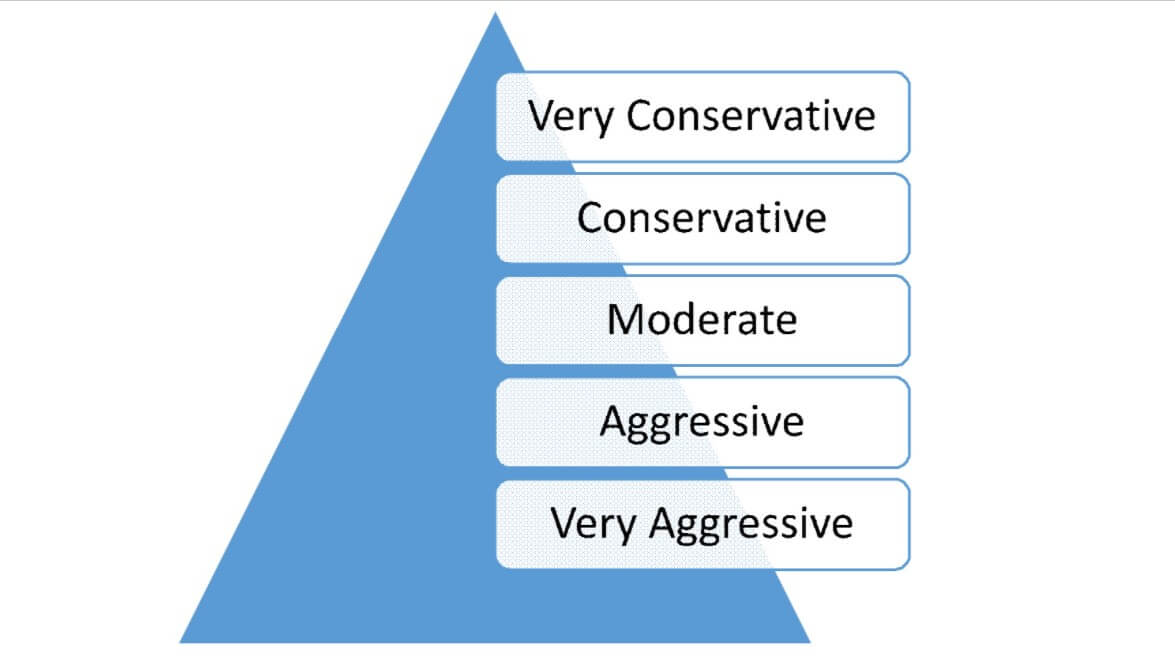
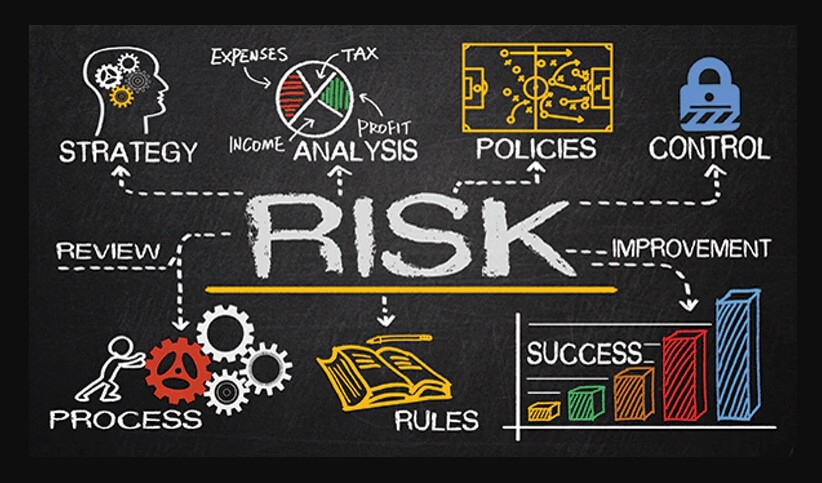
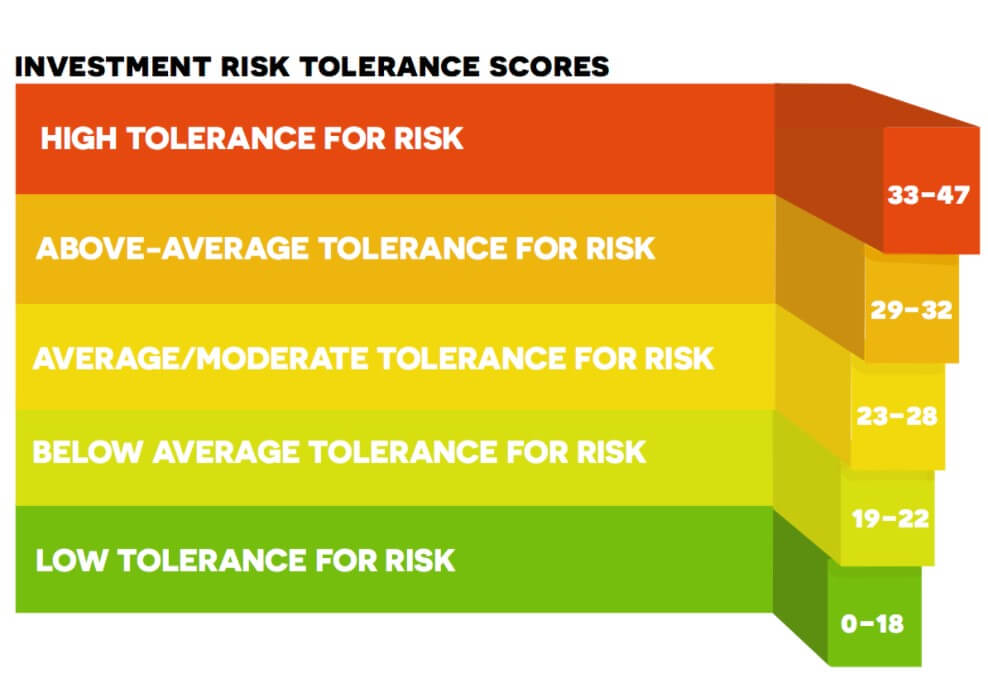
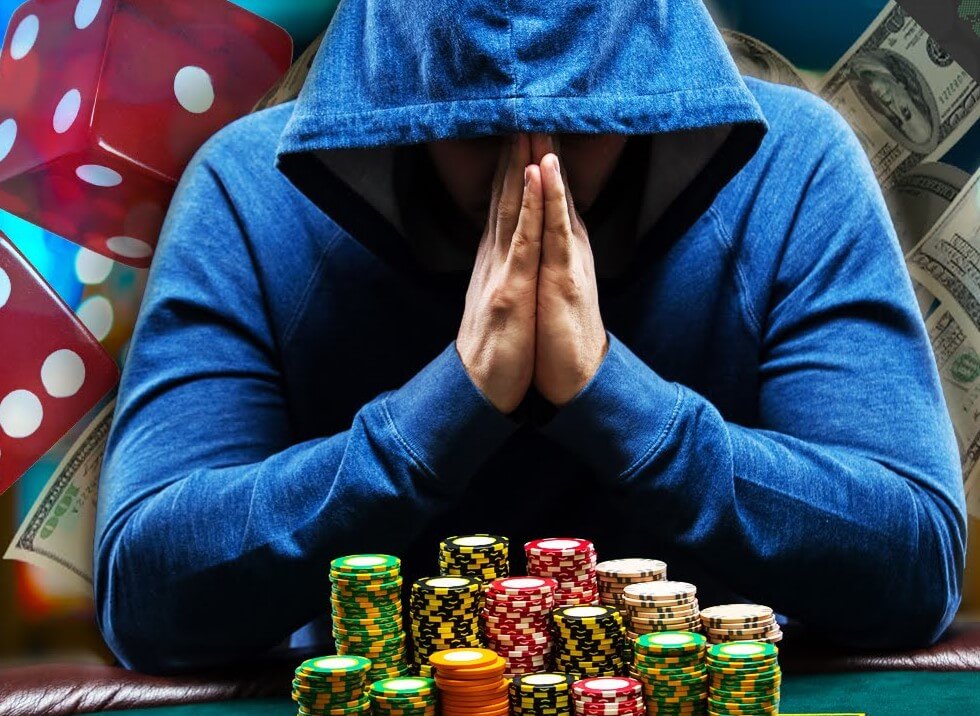


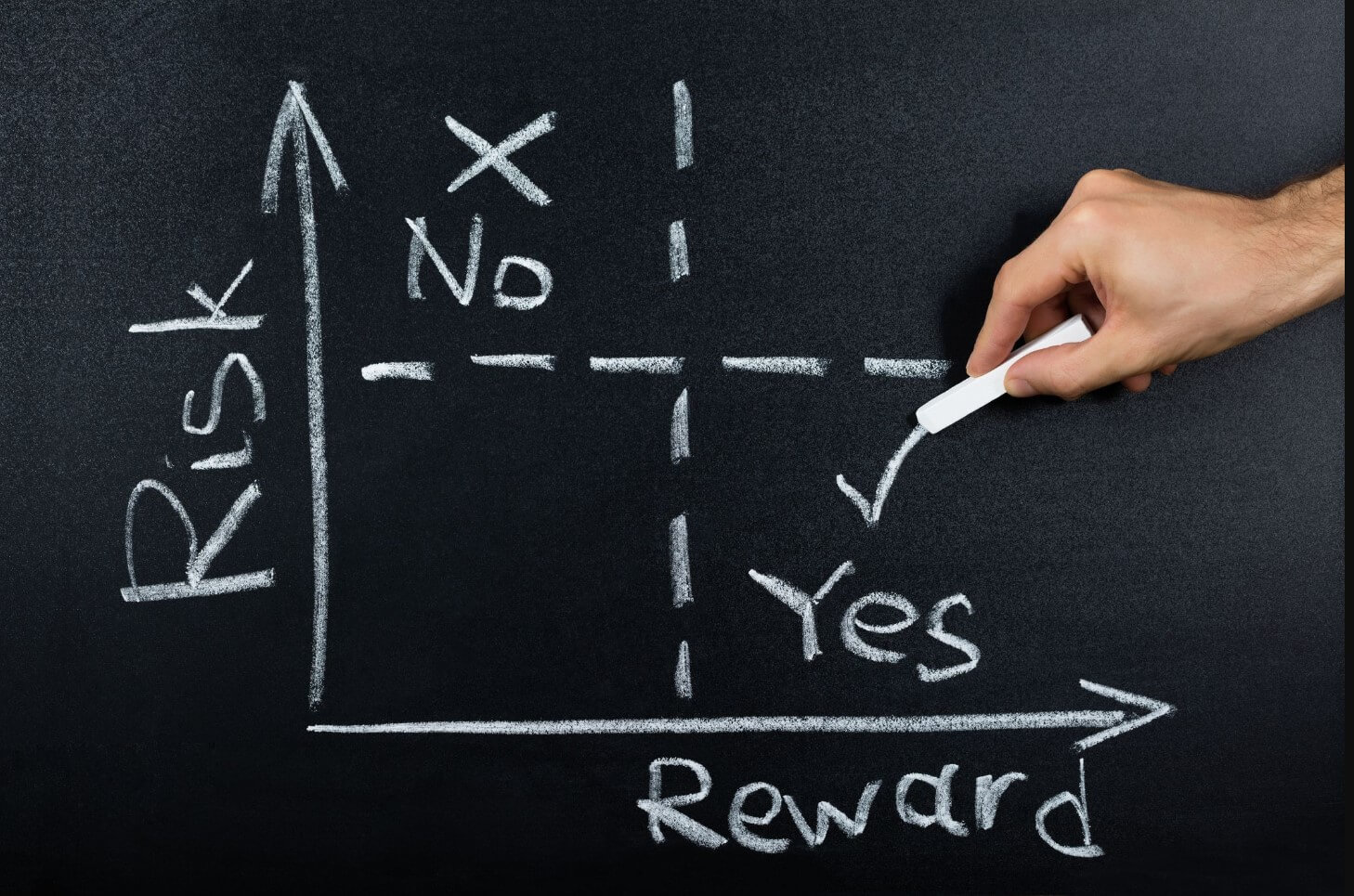
 As you already know the Forex market is really dynamic and things can change each second on a daily basis. In order to succeed and make a profit trading currencies besides some basic, or more advanced knowledge, depending on your level, and experience, you will need to have one more thing, and that is a really good money management skill.
As you already know the Forex market is really dynamic and things can change each second on a daily basis. In order to succeed and make a profit trading currencies besides some basic, or more advanced knowledge, depending on your level, and experience, you will need to have one more thing, and that is a really good money management skill.
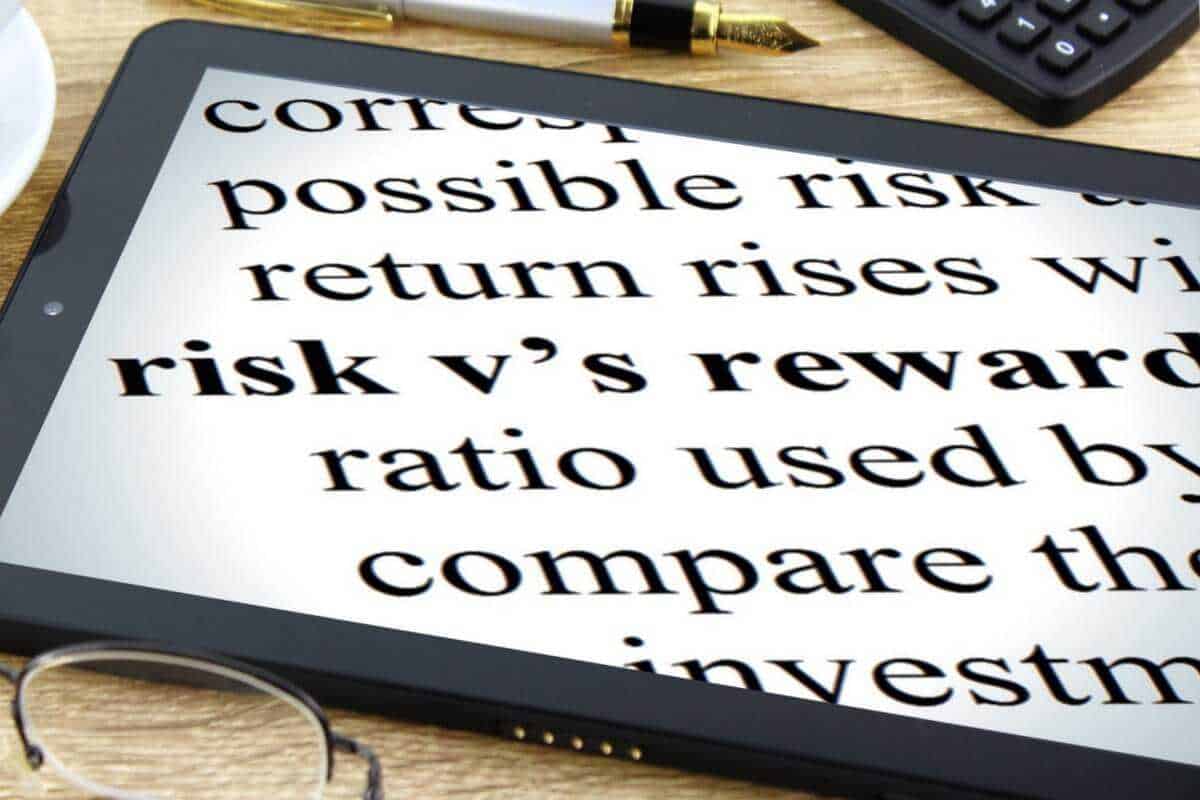 The next question you can ask yourself is why should you do something just to minimize your losses? Isn`t Forex all about profit and earning money? That brings us to a big mistake Forex traders make when using 2:1 or 3:1 ratios. They just cap their upside. They miss out on 600, 800, 1000 pip trends that happen more than once a year.
The next question you can ask yourself is why should you do something just to minimize your losses? Isn`t Forex all about profit and earning money? That brings us to a big mistake Forex traders make when using 2:1 or 3:1 ratios. They just cap their upside. They miss out on 600, 800, 1000 pip trends that happen more than once a year.
 Out in the real world, telling someone that your losses are a blessing might get you a few funny looks. However, in many walks to life, a loss can be one of your greatest tools, it can teach you far more about yourself and the performance than a win ever could.
Out in the real world, telling someone that your losses are a blessing might get you a few funny looks. However, in many walks to life, a loss can be one of your greatest tools, it can teach you far more about yourself and the performance than a win ever could.

 The lack of patience, it’s something that we all are affected with, more or less. There is one feature of impatience, that is the killer – desperation. That is what is blocking us from achieving success. Something that we need to discard. It is, more than anything, negative that is impeding progress in trading. Desperation causes us to make irrational decisions. Extreme decisions. What would you do if someone would offer you a job that would satisfy you professionally and economically, but only after 5 years building on it with lots of crashes and self-doubts? Would you still be interested?
The lack of patience, it’s something that we all are affected with, more or less. There is one feature of impatience, that is the killer – desperation. That is what is blocking us from achieving success. Something that we need to discard. It is, more than anything, negative that is impeding progress in trading. Desperation causes us to make irrational decisions. Extreme decisions. What would you do if someone would offer you a job that would satisfy you professionally and economically, but only after 5 years building on it with lots of crashes and self-doubts? Would you still be interested?
